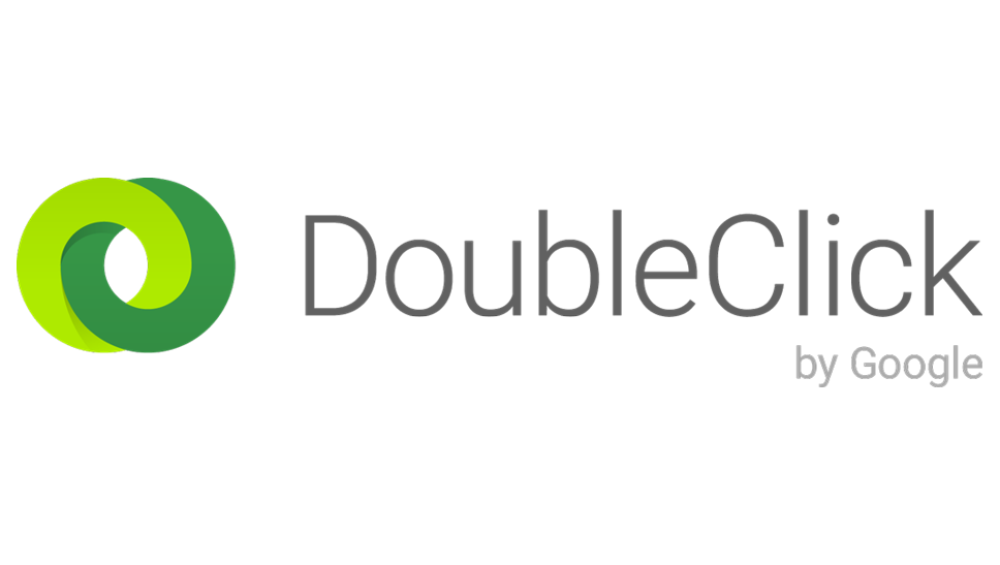Dynamic Tags and Their Benefits
30 Jun 2016

If you already have a DoubleClick pixel implemented on site and you need a quick solution for implementing a new tag on the site, dynamic tags are the answer.
We’ve all been in a position where we’ve needed tags to be placed on site to get campaigns live but we can’t get the development work done quickly enough. If you’re not currently using a tag management system and you need a quick solution for implementing a pixel on a site that already contains a DoubleClick pixel, dynamic tags are the way to get this done.
Why would I use this?
For example, if affiliate marketing is your thing, and affiliates want to place their own pixel on your site to receive conversion information in their reporting platform, dynamic tags are a quick and easy way to achieve this. Dynamic tags eliminate the need to implement the third party tag on site directly, as well as reducing implementation time as there is no need to go through a developer.
How do they work?

You start with an ordinary DoubleClick pixel. Once the dynamic tag has been added to the DoubleClick pixel, when the pixel fires it will send information to the dynamic tag. The dynamic tag will then send the information to its associated platform.
Default vs. Publisher
There are two types of dynamic tags: default tags and publisher tags.
So far in this blog we have been talking about default tags. Default tags fire every time your DoubleClick pixel fires. These are useful for transferring conversion or page view information to a new location in DCM, or if you are using a third-party tracking service. They are also useful for remarketing.
Publisher tags are usually placed onto conversion pixels and only fire when the conversion is attributed to the publisher associated to the tag. Publisher tags can be set to fire after post-view conversions, post-click conversions, or both. This means that you can send precisely the data you want the publisher to have visibility of, without sending any extra information.
In order to set up publisher tags, you must have a campaign in DCM which sends creatives or tracking ads to the publisher’s site. This way, DCM will know if the conversion is post-click or post-view.
What information can I get from dynamic tags?
Since the dynamic tag is not linked to the site, it can only extract information from the DoubleClick pixel and not directly from the site. This means that if there is any information on site that you want the dynamic tag to retrieve, it must already be stored in the DoubleClick pixel before the dynamic tag can access it. Any information sent to the DoubleClick pixel can be sent to the dynamic tag using macros.
To read this blog written by Rosie Willis on the Periscopix website, please click here.

Please login to comment.
Comments